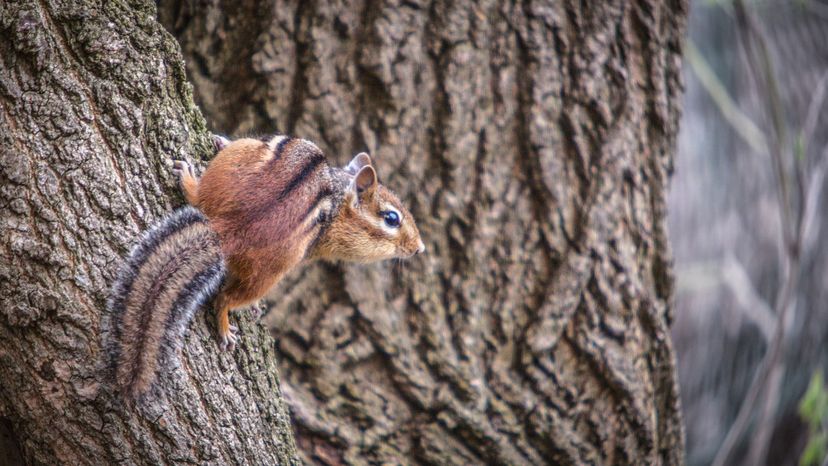Gaining insight into chipmunk behavior is crucial when you're figuring out how to get rid of chipmunks or prevent a chipmunk infestation.
These small rodents, particularly eastern chipmunks and least chipmunks, are more than just cute faces; they're adept survivors known for their agility and resourcefulness. Here are some common chipmunk characteristics and habits.
Appearance and Diet
Chipmunks, recognizable by their dark brown stripes, are attracted to areas that offer abundant food. They're particularly drawn to bird feeders, gardens, and flower beds where seeds and bulbs are plentiful.
These critters are not picky eaters; their diet includes small insects, bird eggs, and various plant materials.
Burrowing and Nesting
Chipmunks are known for creating extensive underground burrows. (One of the big differences between chipmunks and squirrels is that the latter spend more time in trees.)
These burrows serve as their homes, food storage areas and safe havens from predators. The entrance to a chipmunk's burrow is usually well-hidden among ground cover or near retaining walls.
